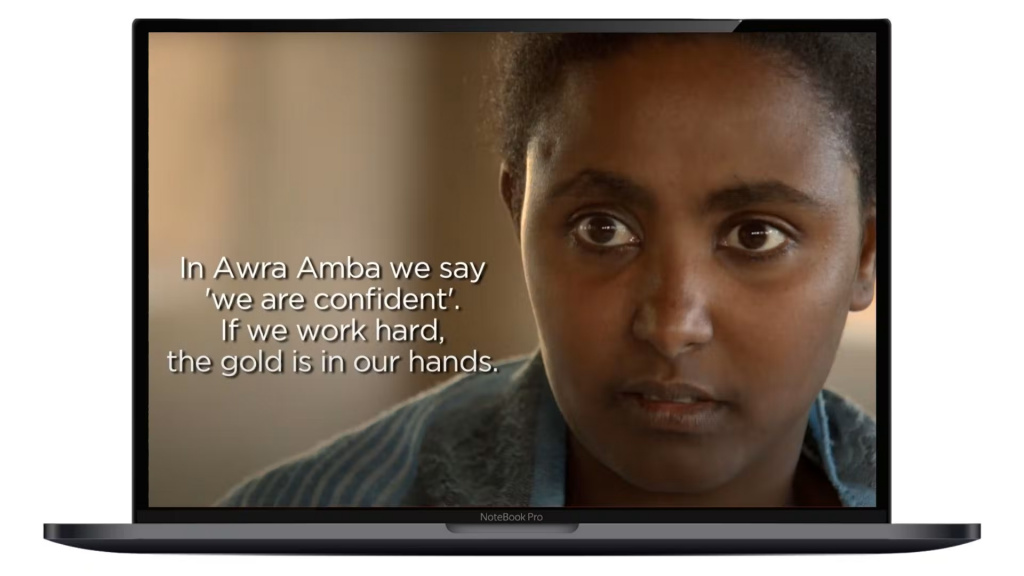
As two former filmmakers, the value of global citizenship and human connections is something close to our hearts. Education plays a vital role in preparing children and young people for the future, equipping them with important skills, knowledge and values that will enable them to flourish as well-rounded, responsible citizens who can make a positive impact in the world.
Our work as documentary filmmakers took us to many countries around the world. We had the opportunity to observe and document the experiences of different people and learn from their stories and perspectives. The variety of people we met and stories we heard along the way taught us something new, from the power of resilience to the value of inclusivity and empathy.
This ethos of teaching and learning through human stories laid the foundations for Lyfta. Bringing human stories into the classroom is an exciting way to broaden students’ horizons and expose them to new places, people and cultures they might not have experienced before. Our mission is to enable every student to have a meaningful learning experience in every country in the world by the time they complete their education.
What is the value of immersive storytelling?
Values such as empathy, resilience and teamwork can often be tricky to teach. It can also be difficult to broach complex subjects such as diversity, climate change and faith in the classroom in a way that students can fully understand. Storytelling helps to bring these challenging and intangible themes to life by showing students how they play out in a real-life context. We know from research that experiencing inspiring human stories can trigger a powerful and intrinsic motivational force in learners to take action (Immordino-Yang & Sylvan, 2009).
We also know that multisensory, dramatic or emotionally strong experiences are remembered for longer and in more detail (Ginnis, 2007). When complex information is conveyed through stories, students are more likely to feel engaged and emotionally connected to what they are learning. With immersive storytelling, we take the powerful tool of human stories, in the form of short documentaries and combine these with our unique interactive and multisensory experiences. This creates a powerful and memorable learning experience for students.